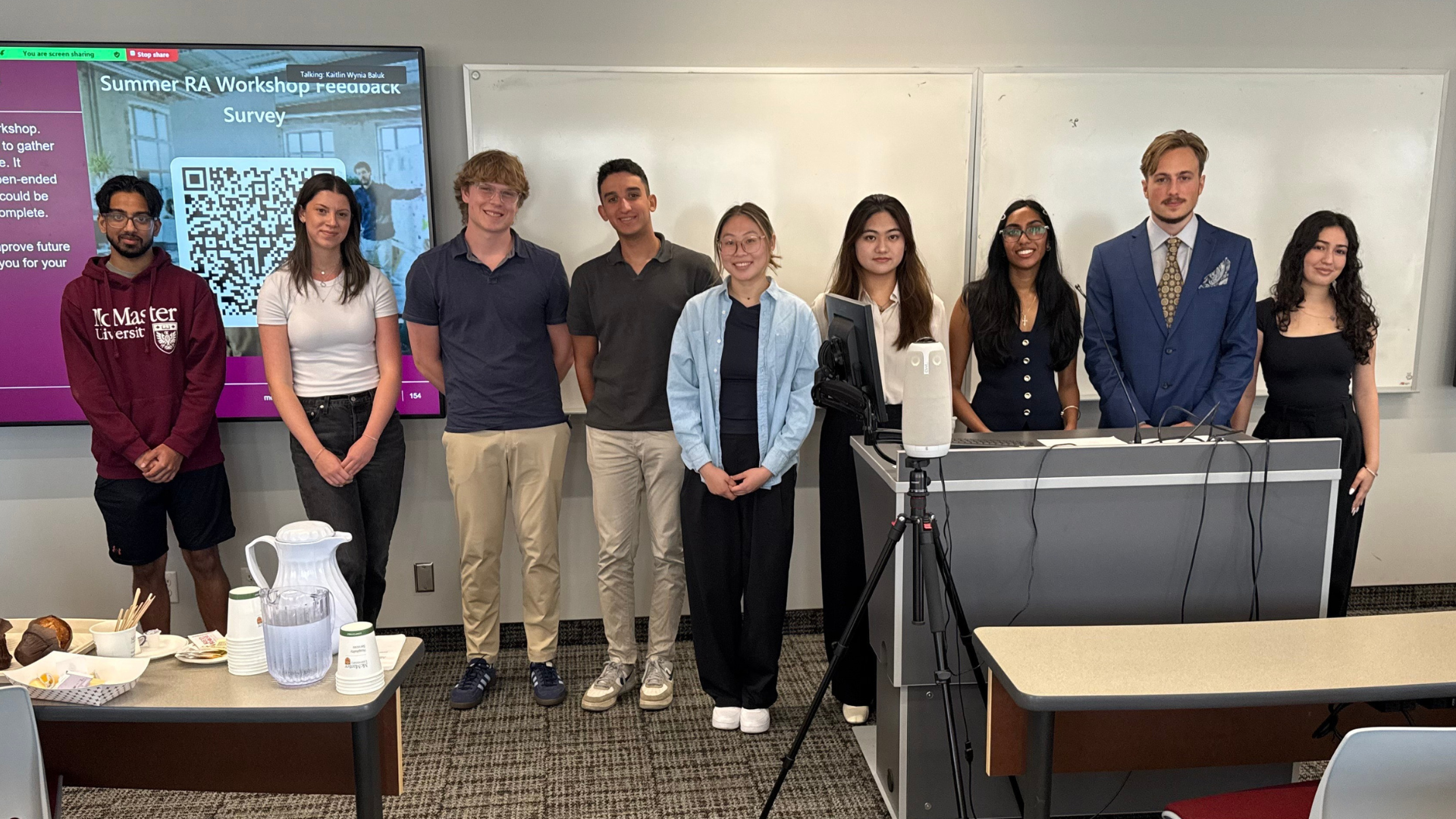
At McMaster University, students, researchers, faculty, and staff collaborate across disciplines to explore and expand their potential in a globally renowned, innovative education and research community, committed to advancing societal health and wellbeing. For the next several months, the DeGroote School of Business will be highlighting researchers that are contributing to this push for a brighter world.
If you’ve ever wondered why camera or computer prices tend to fluctuate, rest assured it’s not random. In fact, one area studied by DeGroote Associate Professor Sourav Ray examines how sale prices on these common multi-component systems are determined.
“I study how prices change, and that is always a hot topic with the public because it leads to questions such as, ‘should these prices be regulated?’” says Ray, who also serves as Research Director, Marketing Analytics, of the Marketing and Supply Chain Analytics (MiSCAN) lab.
“To answer that, we need to understand how pricing decisions are made, as well as what impact certain pricing actions have on consumer welfare,” he continues. From a business perspective, Ray’s research looks into how certain price and product strategies generate value, leading to greater returns for a company. Plus, with so many aspects of our lives driven by technology, it’s important for people to know how certain goods are valued.
When it comes to multi-component systems, such as cameras (think lens, body, flash) or computers (keyboard, monitor, hard drive), Ray has examined both price reductions as well as how they are determined. In short, there are component prices and bundle prices to consider. When stores change the price of an item, the decision to discount various components versus an entire bundled system is greatly impacted by the nature of the product’s industry.
“For example, there are many more suppliers of components for computers compared to cameras, which often tend to be sold as a bundle,” Ray explains. “Given their exposure to computer component prices, consumers are more aware of the spectrum of prices for these components. So, all it takes is a small discount on computer components to convey value and generate consumer attention.
“On the other hand,” he continues, “the many possible variations of a computer bundle make the bundle prices hard to pin down. Consequently, stores would need to give larger discounts for a computer bundle to attract consumer attention. Interestingly, the situation for cameras is exactly the opposite.”
Ray’s other areas of interest include distribution channels, technology, and the government’s role in retail-pricing practices. One study involving the latter looked at Item-Pricing Laws (IPL), which in certain locations require retailers to place a price tag on every item.
While IPL measures are meant to ensure consumers are not overcharged at the point of sale, Ray’s research found that item pricing led to higher prices. That’s because IPL increases the costs of price adjustment when, for example, labels have to be printed during each sale and re-printed once the sale ends. The store must account for the additional cost of re-printing labels and implementing the price change, which it does by increasing prices.
The Journal of Law and Economics, one of the top journals in its discipline, published the study. When the paper was published, Ray was called to the Michigan Legislature because the state was looking at reforming its IPL laws.
In addition to exploring technology and retail, Ray has also branched into topics such as business ethics in the modern marketing age; how the Internet of Things impacts interactions between industrial suppliers and buyers; and how data analytics can be used for more efficient transactions within a distribution channel.
Sourav Ray’s expertise is in industrial and retail marketing strategies with specific research interests in strategic pricing and distribution channel issues. Recent topics of his research include using big data technologies for managing distribution channels, and dynamic pricing and product marketing practices in high-tech markets and fast moving consumer goods (FMCG) retail. His research has been published in the top international journals, and has won several international awards. He has also received multiple competitive research grants from prestigious granting agencies.















